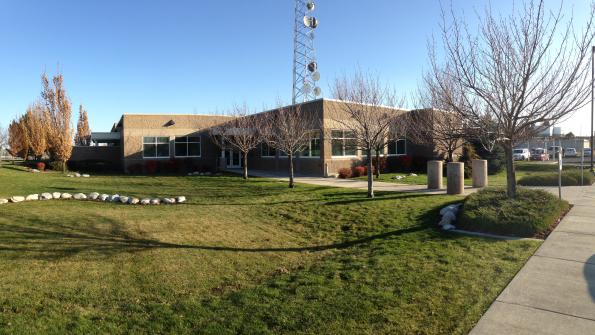Technology upgrade: dedicated to dispatch
Project: Emergency response technology
Jurisdiction: Spokane, Wash.
Agency: Spokane Combined Communication Center (CCC) for Fire and Emergency Medical Services (EMS)
Vendors: Infor
Date completed: June 2013
Cost: total cost for CAD update, hardware upgrades: $280,000
The Spokane Combined Communication Center (CCC) provides dispatch services to 15 distinctive fire and EMS agencies with approximately 1,000 career and volunteer firefighters who serve Spokane County, Wash.
Spokane CCC decision-makers elected to implement a new emergency response technology system after determining that a new radio network implementation, scheduled to take place in the county, would not interface with the existing computer aided dispatch (CAD) system.
“We needed a Microsoft SQL Server backend and a mapping platform that could provide route-based recommendations to our responders,” says Jay Atwood, deputy chief, Communication Division, Spokane Fire Department.
The city considered other vendors, but ultimately elected to upgrade its existing Infor EnRoute CAD application. Spokane CCC leadership felt the platform would provide the most flexibility and data analysis capabilities.
“We stayed with Infor because of our history together,” says Ariane Schmidt, information management systems manager, Spokane Fire Department. “Our hope was that an upgrade, rather than ripping and replacing our system, would be the best way to make this transition.”
The Spokane CCC completed the upgrade in June 2013. With the new system, all fire and EMS dispatch operations users are equipped with the latest GIS technology and benefit from improved visibility and reduced manual entry requirements. This allows operators to focus on getting responders to incident locations quickly and safety.
Additionally, Spokane CCC’s information management team has consolidated 30,000 response cards into 1,800 recommendations utilizing the Server backend. With the flexibility to make ad hoc changes in the system, Spokane CCC has also developed an emergency response plan to improve disaster readiness for instances that might require extensive resources.
“[The system] is helping us to prepare for the future. We have the necessary guidelines in place and have refined our response processes, and increased efficiency, using the updated system,” Schmidt says.




















